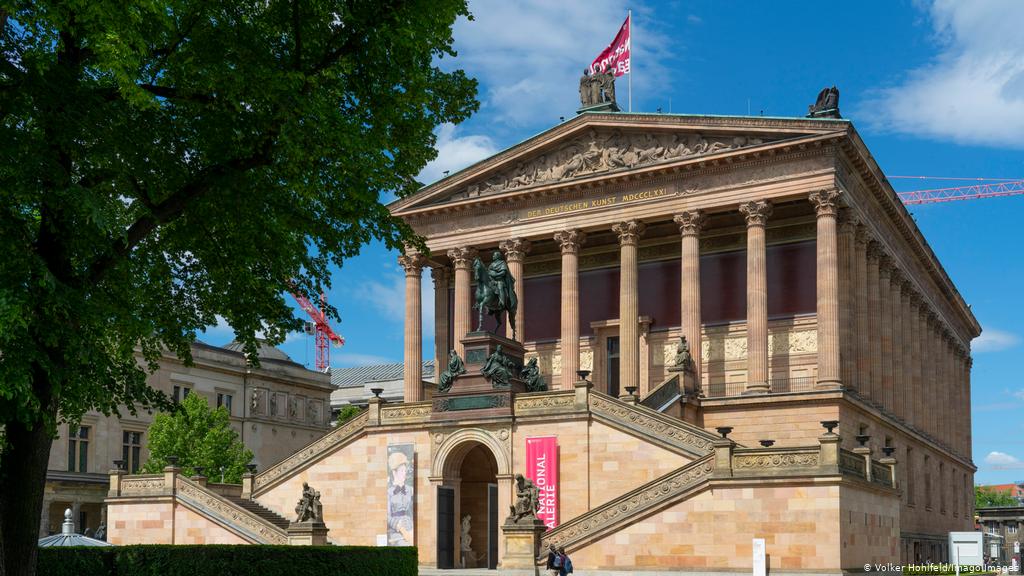On this year’s German Unity Day (October 3rd), Berlin’s beloved Museum Island—home to an impressive ensemble of museums and galleries—was subject to a mysterious attack that you’ve probably heard little about, if anything. Around seventy artefacts were vandalised with an oily liquid, and there is currently no word on any suspects; details of the event only emerged seventeen days later, when police were approached by German newspaper die Zeit. The secrecy surrounding this unusual and large-scale attack on art has left the public upset and downright baffled.
Considered to be “one of the biggest attacks on art and antiquities in post-war German history” (BBC News), speculations of a far-right conspiracy are circulating, furthered by statements from far-right activist Attila Hildmann back in August when he referred to the Pergamon (housed by the Pergamon Museum) as “the Throne of Satan”. It is still uncertain whether the attacks intentionally coincided with the anniversary of German reunification, but the nature of the crime is certainly reminiscent of the destruction of art in Nazi Germany and automatically triggers the assumption that this was politically motivated.
This raises the question of whether today, in 2020, art is still considered a threat to certain political movements and ideologies. The liberal nature of the creative industry has often been frowned upon and considered ‘degenerate’ in that it is hard to govern or pin down with rules; it could be argued that the fluid, ever-changing artistic world continues to vex and infuriate those who can find no way to censor what they deem to be inappropriate or, essentially, not in line with their beliefs. While this is routinely referred to in comparisons between life and literature, such as with the resurgence in sales of Orwell’s Nineteen-Eighty-Four since Trump’s inauguration, we have seen significantly less evidence of the war against expression in the visual arts for over half a century. With Germany’s next Bundestag election less than a year away, this could well be a warning shot from far-right activists hoping to see radical political change in 2021.

Despite how quickly many have jumped to the conclusion that the attack was politically motivated, the vandalised pieces don’t appear to have met any form of criteria, suggesting that the culprit[s] defaced the various sculptures, sarcophagi, and other artefacts at random. With very little information to work with, the police are unsure whether this was a solo attack or a more coordinated crime.
Shrouded in mystery as this case is, it is difficult for us to judge whether the attack could have been spontaneously carried out by one or more people as a form of mindless vandalism; this certainly seems possible since the damaged pieces appear to be unrelated. However, for sceptics, it seems that there is all too much evidence of the contrary: the attack happened on October 3rd; the museums have been targeted previously; news of the event only came to light over two weeks later. Conspiracy theorists are likely whipping out their red thread and drawing pins at this very moment. Is it cause for concern that other museums received no information about the vandalism, rendering their own pieces at risk of such an attack? Where does this position Berlin’s police in this story? Why the secrecy?
Security has been increased on Museum Island as police investigate, but it seems all the more meaningful a crime that the vandals targeted art in Germany’s cultural metropolis. In a city filled with colour, from the awe-inspiring murals of the Berlin wall, to the gravity-defying street art of Kreuzberg, this attack feels especially personal and painful. In a country that has seen much destruction, censorship, and uniformity over the past century—particularly in the former east, where Museum Island is situated—art is the lifeblood of a reunified nation, and this crime has left the art community shocked, hurting, and, frankly, confused.
Image Credit: dw.com

